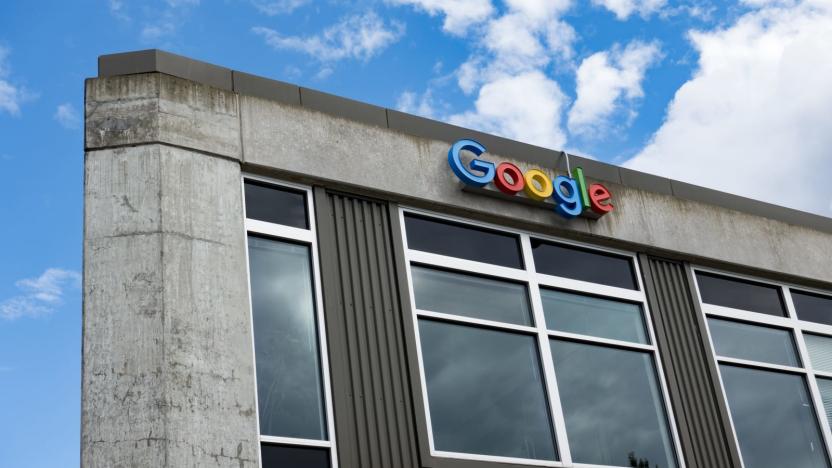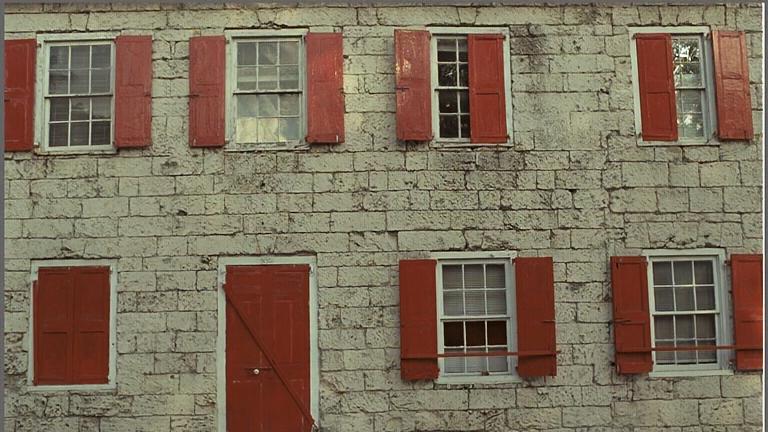ImageCompression
Latest

Google's new algorithm shrinks JPEG files by 35 percent
For obvious reasons, Google has a vested interest in reducing the time it takes to load websites and services. One method is reducing the file size of images on the internet, which they previously pulled off with the WebP format back in 2014, which shrunk photos by 10 percent. Their latest development in this vein is Guetzli, an open-source algorithm that encodes JPEGs that are 35 percent smaller than currently-produced images.

Google's using neural networks to make image files smaller
Somewhere at Google, researchers are blurring the line between reality and fiction. Tell me if you've heard this one, Silicon Valley fans -- a small team builds a neural network for the sole purpose of making media files teeny-tiny. Google's latest experiment isn't exactly the HBO hit's Pied Piper come to life, but it's a step in that direction: using trained computer intelligence to make images smaller than current JPEG compression allows.

Mozilla to improve web page load times through image trickery
Ever tried loading websites full of selfies and filtered food images on a shabby connection? If your answer is yes, then you know it always leads to tears and frustration. Good thing Mozilla's got your back -- the non-profit behind Firefox just announced a project called mozjpeg, which aims to shrink JPEG file sizes for faster-loading web pages. To get the ball rolling, the group made a fork of an existing JPEG codec (libjpeg-turbo) and threw in a feature that crunches photos without affecting quality. That gave rise to mozjpeg software version 1.0, which successfully shrunk the file sizes of 1,500 JPEG photos by an average of 10 percent during a test run. It even worked on PNG images, though it was a lot less effective and only managed to shave 2 to 6 percent off their sizes.

JPEGmini puts your images on a diet
If you're like me, you've got a hard drive filling up with images. I do a lot of landscape photography, and while I normally shoot in RAW format, they get output as jpegs for the web, email, and the printing service I use. Over the years I've seen a lot of applications that will shrink jpegs, and the jpeg itself is already much smaller than anything that started out in raw, native Photoshop or TIF format. I was offered a new OS X app called JPEGmini to test, and it is impressive. You can drag a folder of photos or even a complete hard drive onto JPEGmini and it goes to work, showing each image it opens and keeping track of how much is saved. It supports images from 2 MB to 17 MB in size, and I have some larger files so the app warned me those would not be shrunk. (Note: The developer says the limitation is resolution, not file size, so any resolution greater than 17 MP will be rejected.) I was a bit skeptical of this shrinking process, so I opened up some of my detailed landscape images and looked at them in Photoshop. I couldn't see any significant difference in the before and after images. I should note that I duplicated a folder of images for this test and worked on the copy, because once you shrink the photos, there is no going back. I saw more than 50% reduction in file size, and there would have been more if I didn't have so many files in that folder larger than 17 MB. This is very nice for sending files via email because I can reduce the file size while keeping the quality. Best of all is that your photos stay in jpg format. No program is going to have trouble opening them. If you want some details on the process, the developers go into more depth about how the application works. Besides the file size caveat, the program only works on jpegs. JPEGmini is US $19.99 through the Mac App Store. It's a little pricey, but it does what it claims. It mightnot be for the pro photographer, but I think most amateur and semi-pros will be thrilled at the drive space you get back. If you'd like to see how the program works without any investment, the developers have a free service on their website where you can upload some files and let their server shrink them and return them to you. Check the gallery for some comparison shots, but remember that these examples are further reduced in quality when we publish them. %Gallery-155373%


